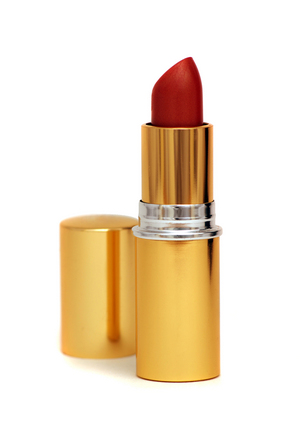Growing blueberries can be frustrating. I have planted several plants throughout the years in hopes of having a good harvest of the high antioxidant fruit, but only found dried up plants that did not make it. I would fertilize, plant them in rich soil, keep them watered but not drowning, and even talk to them at times, but nothing worked. Then I talked with an expert. The biggest mistake I was making was the soil I was planting them in. It seems blueberries do not like manure. The minerals in manure will feed off of the plant rather than the plant feeding off the minerals. Below are instructions on growing and reproducing the best blueberries you can imagine. Fat, juicy, and sweet, these blueberries grow in abundance year by year.
My choice of blueberries is the rabbit eyes. Most growers prefer the hybrids, but the rabbit eyes are the largest and sweetest. However the planting and growing process I am about to describe works well with all types of blueberries. My next quest is to see if it will work with the acai berry.
Planting Blueberries
When planting blueberries you do not want to follow the regular planting regimen with rich soil and manure. Mixing 6-6-6 up to 10-10-10 fertilizer is fine and may help the growth; however I’m a bit skeptical about some fertilizers. I use a citrus fertilizer for almost all my fruit, and I am frugal with my use.
The best bedding for blueberries is pine mulch. It is best to dig the beds that you plan to plant the new bush in 3 to 6 months prior to placing the plant in the bed. After digging the beds, add the mulch and allow it to sit for the above time. This will give the pine mulch time to become infused with the soil.
After the allowed time, set your plants in the prepared beds. Cover with the same mixture of mulch and local soil.
It is best to plant blueberries in the fall and you can expect to see a lush amount of berries in the spring.
Watering Blueberries
When watering your blueberries it is important not to saturate nor miss watering. It is best to drip water your berry plants, but if that is not possible, pour 1 to 3 cups of water at the base of each blueberry plant per day.
Harvesting Blueberries
When you harvest your blueberries, pick each worthy berry from the bush. Following the harvesting, I suggest you prune the bush to a level that you can reach. If you do not do this, your bush will grow beyond your reach and you are likely to lose several berries the following year. However, if you prune, you not only have reachable berries, but you also have more plants available for planting. Take each sprig that is 12 or more inches and set aside as you prune. When you are finished with this fun task (sarcasm is included), take all the sprigs you have set aside and get ready to do some serious planting.
First you want to prepare all containers. I suggest planting 10 sprigs per 1 one gallon container. With the mulch soil prepared in each container and 10 sprigs ready to go, it is time to dip and plant. Yes, “dip” and plant. It is best if you use a rooting hormone to dip the cut end of the sprig before burying the sprig about 4 inches deep about 2 inches in along the edge of the pot.
My suggestion for an organic blueberry orchard is to root with GreenLight Rooting Hormone (found in many nurseries). There are several rooting hormones both organic and otherwise, but I have found GreenLight to be the best on the “organic” chart.
Now dip and plant.
You now have several new plants in the making. These are best grown out of direct sunlight. We use a black screen over a wood frame. This way they still get some light and when it rains they are able to get their fair share of the moisture. However, it is best to set up a drip system or, better yet, a mister. If this is all too much to organize, find a nice spot with only early morning sunlight and shade for the rest of the day. For watering, I would suggest no more than one measured cup per pot per day.
Transplanting your new Blueberry Plants
The following planting year (remember we are in the next spring season), check the roots of each new plant. If there are 5 or more new root growths, transplant in a separate pot on their own. If there are less than 5 new roots, discard. It is not likely that individual plant will do very well.
Now we look ahead to the fall. It is time to transplant the new Blueberry plants into the ground. Just repeat the first steps.
You are now off to a yearly batch of Blueberries. We freeze our berries in Ziplocs and use them as needed throughout the year. They are well used for syrups, muffins, preserves, jellies, pancakes, waffles, and anything else that may tantalize your blueberry taste buds.
Enjoy!




